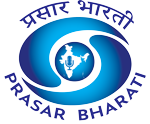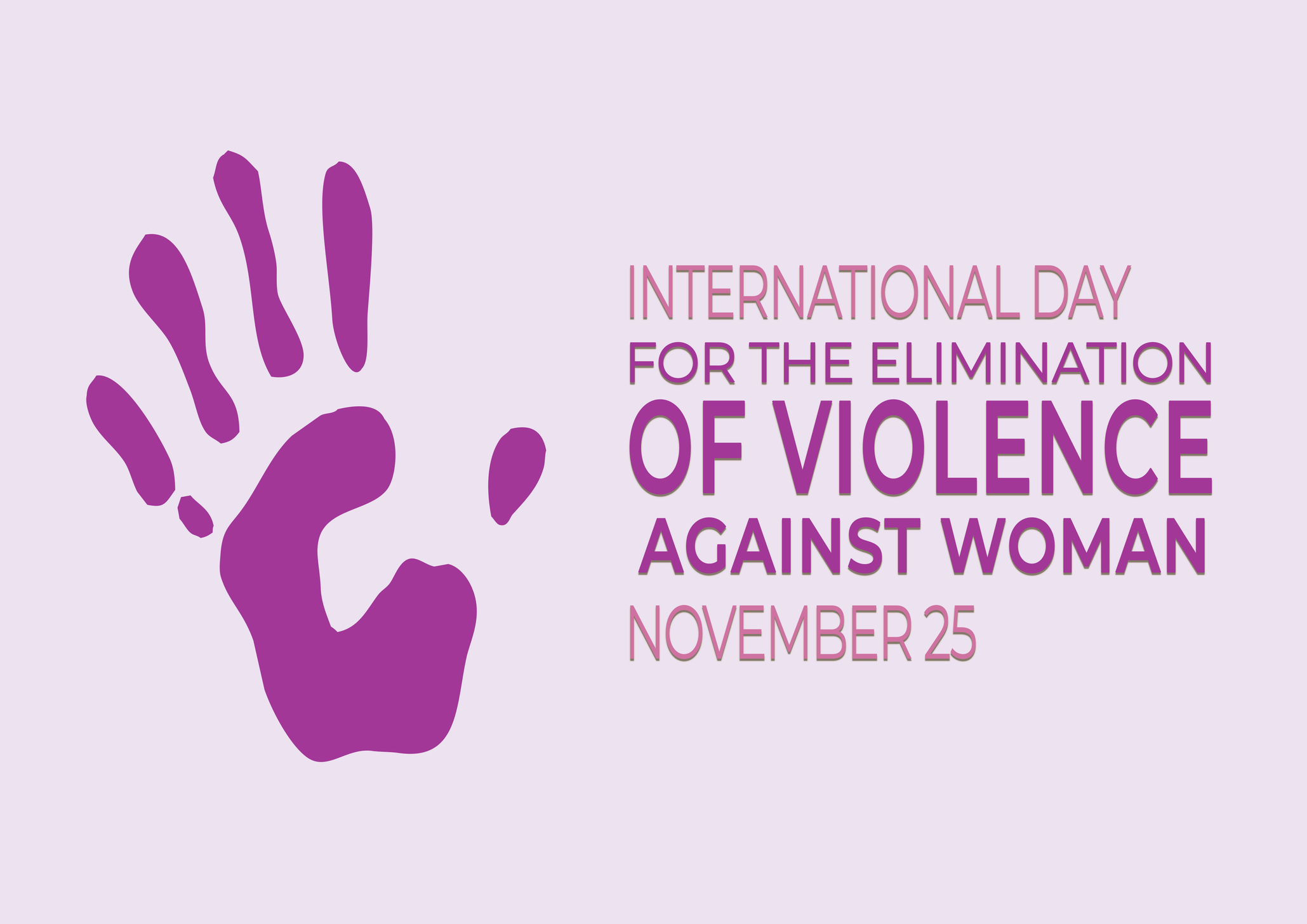India, on the International Day for the Elimination of Violence Against Women observed on November 25, is highlighting its expanding legal, institutional, and digital measures to protect women from abuse. The United Nations established this day in 2000, marking the start of the annual global- 16 Days of Activism against Gender-Based Violence campaign that runs until December 10. The 2025 global theme, “UNiTE to End Digital Violence against All Women and Girls,” reflects growing concern over technology-enabled abuse, including cyberstalking, doxxing, deepfake circulation and coordinated online harassment targeting women and girls.
Strengthening Legal Protections
India has built a wide-ranging legal structure to curb physical, mental and online violence. The National Commission for Women (NCW), set up on January 31, 1992, is the apex statutory body that monitors constitutional safeguards, recommends reforms and handles complaints both offline and digitally through its portal. The NCW also operates helplines including 7827170170, available 24×7 through an IVR system developed with the Ministry of Electronics and IT, connecting women with police, hospitals, legal services and psychological counsellors.
Major legal reforms include the Bharatiya Nyaya Sanhita, 2023, which came into effect on July 1, 2024, replacing the Indian Penal Code and introducing stricter provisions for sexual crimes, including life imprisonment for the rape of minors under 18. The law mandates audio-video recording of victim statements and prioritises cases involving women and children.
Protection under the Protection of Women from Domestic Violence Act, 2005 (PWDVA) encompasses physical, sexual, verbal, emotional and economic abuse within any domestic relationship, including situations involving dowry harassment. The Sexual Harassment of Women at Workplace (Prevention, Prohibition and Redressal) Act, 2013 applies across all sectors of employment and requires Internal Committees in organisations with more than 10 workers, while Local Committees address cases in smaller establishments. To streamline reporting, the government operates SHe-Box, a centralised platform where complaints can be filed and tracked, with inquiries required to conclude within 90 days.
Mission Shakti and Support Services
The Ministry of Women and Child Development (MWCD) leads a consolidated strategy under Mission Shakti, which integrates safety under the Sambal component and empowerment efforts under Samarthya. The scheme seeks to ensure comprehensive security while positioning women as equal partners in development.
The Swadhar Greh Scheme, revised in 2016, supports women facing crisis situations such as violence, family breakdown, homelessness and trafficking risk, offering shelter, legal and medical assistance, counselling and livelihood training to promote rehabilitation. Additionally, One Stop Centres (OSCs), operational since April 2015 in districts across the country, provide coordinated services under one roof — including police facilitation, temporary accommodation, legal support and psychosocial counselling — for survivors of violence.
To improve mental-health response capabilities, MWCD partnered with NIMHANS, Bengaluru, through the Stree Manoraksha initiative, training OSC personnel to handle psychological and emotional trauma among survivors.
Digital empowerment remains another core focus. The NCW-led Digital Shakti Campaign operates nationwide to equip women and girls with digital literacy and skills to safely navigate online platforms while recognising and reporting cybercrime.
Helplines and Rapid Response Systems
India operates a 24×7 Women Helpline (181) under the Universalisation of Women Helpline Scheme launched in 2015, enabling women to seek emergency or non-emergency support and referral services across the country. The Emergency Response Support System (112), funded through the Nirbhaya initiative, integrates police, ambulance and fire responses and currently functions in 36 States and Union Territories. During the COVID-19 lockdown, additional support was provided through WhatsApp number 7217735372, enabling urgent intervention via police coordination.
Faster Justice Through Institutional Mechanisms
To ensure quicker disposal of serious crimes against women and children, Fast Track Special Courts (FTSCs) have been set up under the Nirbhaya Fund. As of August 2025, 773 FTSCs, including 400 dedicated e-POCSO courts, are operational in 29 States/UTs and have resolved over 334,213 cases. Further, Women Help Desks in police stations have expanded significantly — 14,658 were functional as of February 2025 — enabling sensitive reporting environments with access to legal and counselling services.
The government has also enhanced data transparency and monitoring by expanding the SHe-Box portal into a nationwide repository of Internal and Local Committees under the POSH Act, with every organisation required to appoint a nodal officer for timely updates on complaint status.
Technology-Driven Enforcement and Crime Tracking
Legal reforms have been paired with digital monitoring tools. Following the Criminal Law (Amendment) Act, 2018, authorities introduced systems to track investigation timelines and repeat offenders. The Investigation Tracking System for Sexual Offences (ITSSO) enables real-time oversight of police probes into sexual assault cases. The National Database on Sexual Offenders (NDSO) helps identify and monitor previously convicted perpetrators. The Crime Multi-Agency Centre (Cri-MAC), launched on March 12, 2020, facilitates rapid information sharing on serious and cross-border crimes across police agencies via alerts and electronic notifications.
India’s Commitment to a Safer, More Inclusive Digital Future
As India joins the global campaign to eliminate violence against women, particularly in digital spaces, the government’s strategy reflects a mix of legal strengthening, technology adoption and survivor-centered services. With Mission Shakti expanding support networks — from One Stop Centres and Women Help Desks to helplines and rehabilitation homes — alongside reforms like the Bharatiya Nyaya Sanhita and initiatives such as SHe-Box, ITSSO and Digital Shakti, policymakers say the goal is to ensure that every woman and girl can live with dignity, safety and equal opportunity — both online and offline.










